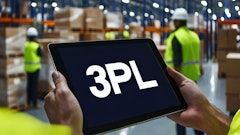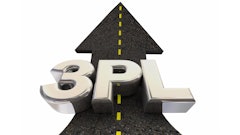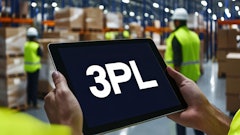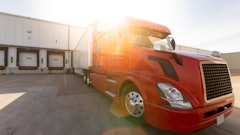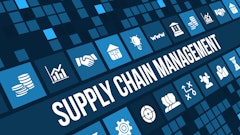
When Brexit first came into force, few could predict the sheer scale of disruption it would introduce across logistics, customs, and trade compliance. The once-smooth flow of goods between the UK and EU became layered with new regulatory requirements, customs checks, and uncertainty. Since then, fulfilment providers, brands, and technology platforms have had to completely rethink how cross-border trade operates.
Today, the logistics landscape is unrecognizable compared to pre-2020, and the change is ongoing.
From reactive to resilient
In the immediate post-Brexit period, the industry was in reactive mode. Carriers, customs authorities, and fulfilment providers all had to grapple with new rules, often in real time. Shipments stalled over missing data points, misclassified product codes, or incomplete documentation. Without a centralized source of expertise, mistakes were costly and frequent, forcing businesses to learn through trial and error.
Thankfully that reactive period is behind us. What has emerged is a more resilient, technology-driven fulfilment network. Businesses that navigated the initial disruption now operate with stronger in-house customs expertise, better-integrated digital platforms, and a more strategic approach to delivering consistent cross-border service.
Dual-entity warehousing: the new standard
Perhaps the most significant structural change has been the adoption of dual-entity warehousing, where brands maintain inventory in both the UK and EU. This setup minimizes customs delays and delivery friction, enabling companies to maintain customer satisfaction while avoiding regulatory headaches.
The Netherlands has become a key hub for EU fulfilment, thanks to its proximity to major ports and favorable customs frameworks. For many 3PLs, acquiring or establishing fulfilment operations in the region has been a rapid route to expansion, but it comes with challenges, from aligning operational processes to ensuring quality control. Brands increasingly prefer direct oversight of their cross-border fulfilment, rather than relying on distant third-party networks that can compromise consistency.
Technology and automation as essentials
Customs automation and API-driven compliance have shifted from being optional enhancements to operational imperatives. Automated systems now manage much of the documentation and validation that previously required manual intervention. Shipping labels have effectively become digital passports, embedding all required product, origin, and valuation data.
However, B2B shipments remain complex. Full-container loads and bulk freight are still subject to scrutiny, and a single misdeclared HS code can halt an entire shipment. Many fulfilment providers have brought customs clearance in-house, supported by platforms that deliver real-time validation and compliance checks. For high-volume operators, these tools are essential.
Shifting demand across borders
Brexit initially prompted many EU brands to deprioritize the UK, focusing instead on domestic or pan-EU growth. Over the past year, however, there has been renewed interest in UK expansion, as businesses recognize the revenue opportunities left untapped during the adjustment period.
Yet, this return is measured. Brands in low-margin sectors or those lacking robust technical infrastructure face tough decisions, weighing the cost-to-serve against potential revenue. Delays, duties, and customer dissatisfaction have forced some to withdraw from certain markets entirely. Cross-border trade is no longer taken for granted, it is a strategic, calculated choice.
The policy re-set and the future
The recent implementation of the Sanitary and Phytosanitary Agreement is a welcome development, particularly for food and agriculture. Delays due to certification requirements have historically caused spoilage and inefficiency. The new framework offers the promise of more predictable, reliable B2B logistics. While DTC operations have largely adapted to post-Brexit realities, larger freight movements stand to benefit significantly from reduced friction and enhanced predictability.
AI and intelligent automation are also becoming major catalysts for supply chain transformation. From optimizing routing to streamlining regulatory compliance, these technologies will allow fulfilment providers to operate faster, smarter, and with greater resilience. Coupled with the ongoing market consolidation following the COVID-era boom in logistics startups, businesses that prioritize innovation and client value will emerge stronger.
Fulfilment as a strategic growth lever
The UK fulfilment market is projected to more than double by 2030, rising from $7.54 billion in 2024 to $17.3 billion, according to Grand View Research. EU markets are following a similar growth trajectory. This is clear evidence that cross-border fulfilment is no longer a back-office function, but has become a core component of global trade strategy.
Brexit disrupted the UK-EU corridor, but that disruption has also accelerated evolution. Today, supply chains are smarter, faster, and more resilient, with dual-entity warehousing, automation, and strategic planning at their core. For brands and logistics providers alike, fulfilment is now a driver of growth, not merely a process to be managed.
![Pros To Know 2026 [color]](https://img.sdcexec.com/mindful/acbm/workspaces/default/uploads/2025/08/prostoknow-2026-color.mduFvhpgMk.png?auto=format%2Ccompress&bg=fff&fill-color=fff&fit=fill&h=100&q=70&w=100)
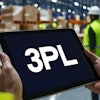


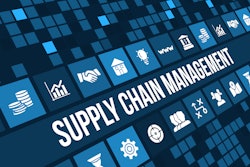
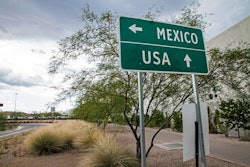


![Pros To Know 2026 [color]](https://img.sdcexec.com/mindful/acbm/workspaces/default/uploads/2025/08/prostoknow-2026-color.mduFvhpgMk.png?ar=16%3A9&auto=format%2Ccompress&bg=fff&fill-color=fff&fit=fill&h=135&q=70&w=240)
